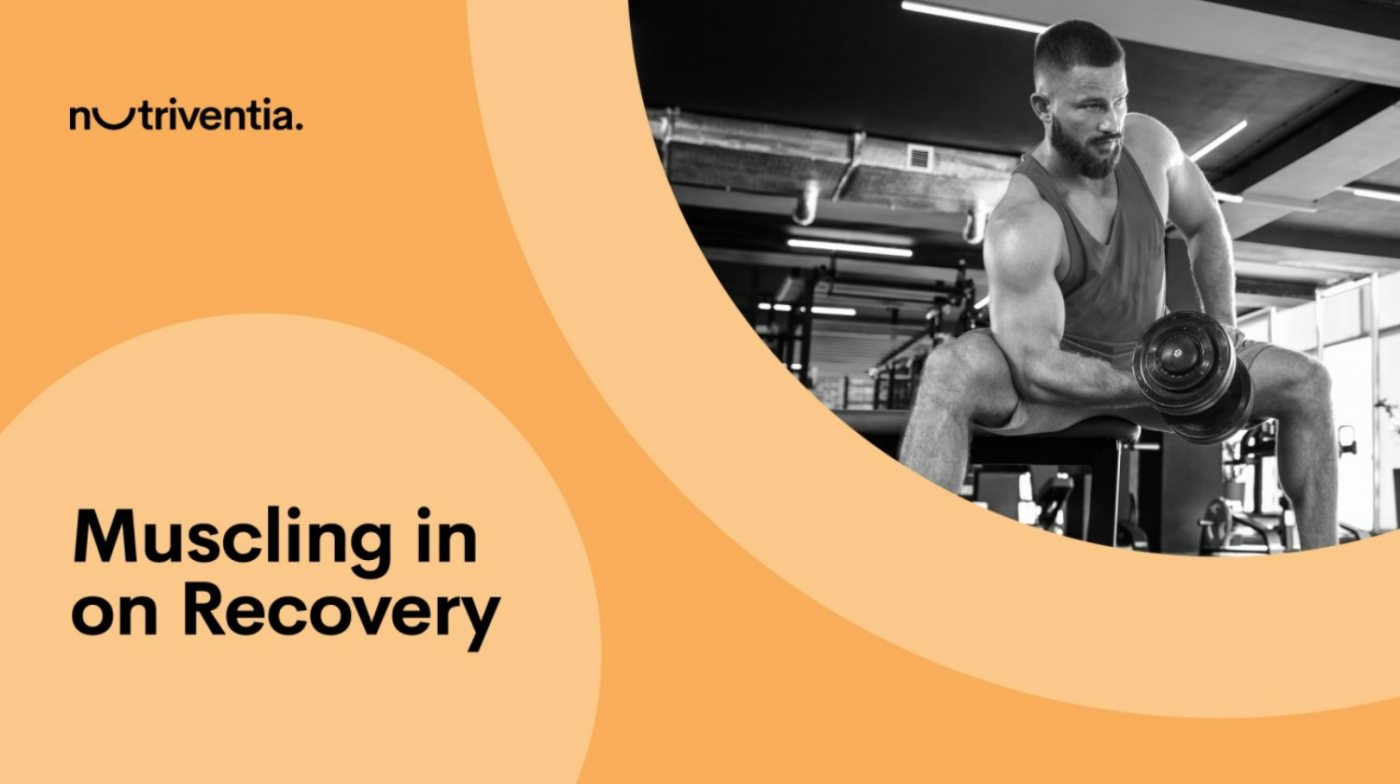The adage “no pain no gain” is true, but to competitive athletes and gym denizens, that pain is, well, a pain to deal with. It refers to the acute soreness of muscles that were challenged by added weight or an increase in exercise.
Recovery is a huge part of the sports nutrition market – dramatically reducing the post-exercise/workout soreness allows for uninterrupted workout and training flow.
Muscles grow through the tearing of muscle fibers and subsequent rebuilding, a process that incurs the dreaded ache approximately 24 hours after whenever that muscle is employed, lasting up to 72 hours. But there’s another process involved, according to new research.
Scientists at the University of Houston College of Pharmacy believe they identified key mechanisms of skeletal muscle regeneration and growth following resistance exercise. Satellite cells are muscle stem cells that possess regenerative ability. After a vigorous workout creates muscle injury (this is normal), satellite cells go through several rounds of proliferation before they differentiate into myoblasts. Myoblasts then fuse into injured myofibers to regenerate muscle.
The researchers discovered a signaling protein – Inositol-requiring enzyme 1 – is essential for myoblast fusion during muscle formation and growth.
“Size is very important for muscle. Muscle grows only in size, not in number,” said study lead author Aniket Joshi. “Muscular people have larger muscle cells. Larger muscles generally work better – can lift more weight, run and walk faster, and improve overall metabolism.”
Obtaining those larger muscles can cause delayed onset muscle soreness (DOMS). This creates a challenge for those who don’t want interruptions in delayed recovery when immersed in a daily fitness program. DOMS is described as a “type of ultrastructural muscle damage caused by high-intensity eccentric muscle contractions or unaccustomed forms of exercise.”
But there is a solution: TurmXTRA™60N water-dispersible turmeric extract. In a key RDBPC study, TurmXTRA™60N was evaluated for its effectiveness in alleviating delayed onset muscle soreness (DOMS) in healthy, recreationally active subjects. The results showed that TurmXTRA™60N significantly reduced the intensity of muscle soreness 48 hours after exercise by almost six times compared to the placebo group. Additionally, the TurmXTRA™60N group improved recovery by almost nine times, 72 hours post-exercise.
Overcoming the Curcumin Challenge
One of the factors that limit its widespread use is its poor oral bioavailability, however, this can be overcome by administering very large doses (approximately 6–8 g) of turmeric powder or 1500–2000 mg of turmeric extract standardized to 95% for optimal effects. However, long-term administration of such high doses of curcumin is discouraged as they can cause gastrointestinal side effects (intestinal disturbances and urticaria) and poor compliance
A recent study compared the bioavailability of 250 mg TurmXTRA (containing 60% natural curcuminoids) once daily with a popular turmeric extract (500 mg curcuminoids and 5 mg piperine, three times daily for a total daily dose of 1500 mg) in 16 healthy volunteers. The researchers demonstrated that TurmXTRA had improved relative absorption at a 10-fold lower dose of actives than the 500 mg three times daily turmeric-piperine product.
Together, these studies provide the impetus to target a clinically proven turmeric ingredient expressly for the fitness-nutrition market, and for competitive athletes who rely on working out to improve muscle strength and size.



